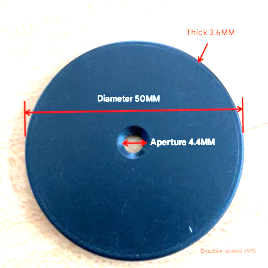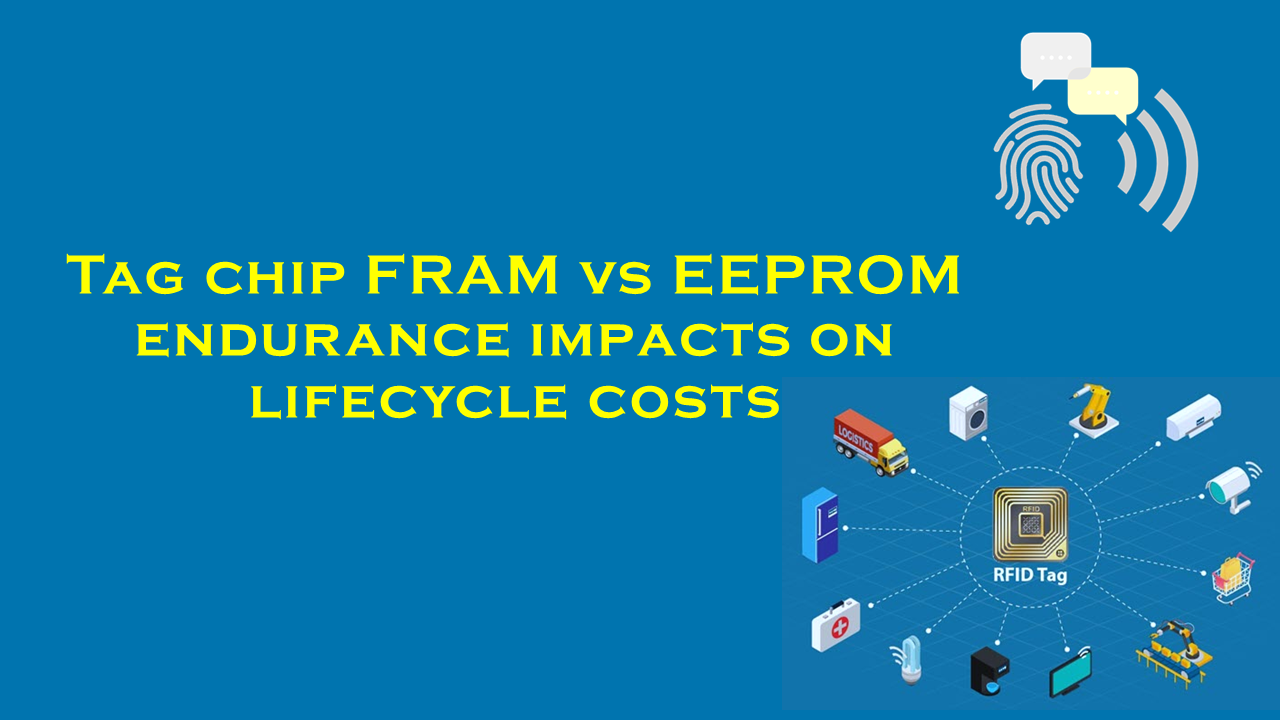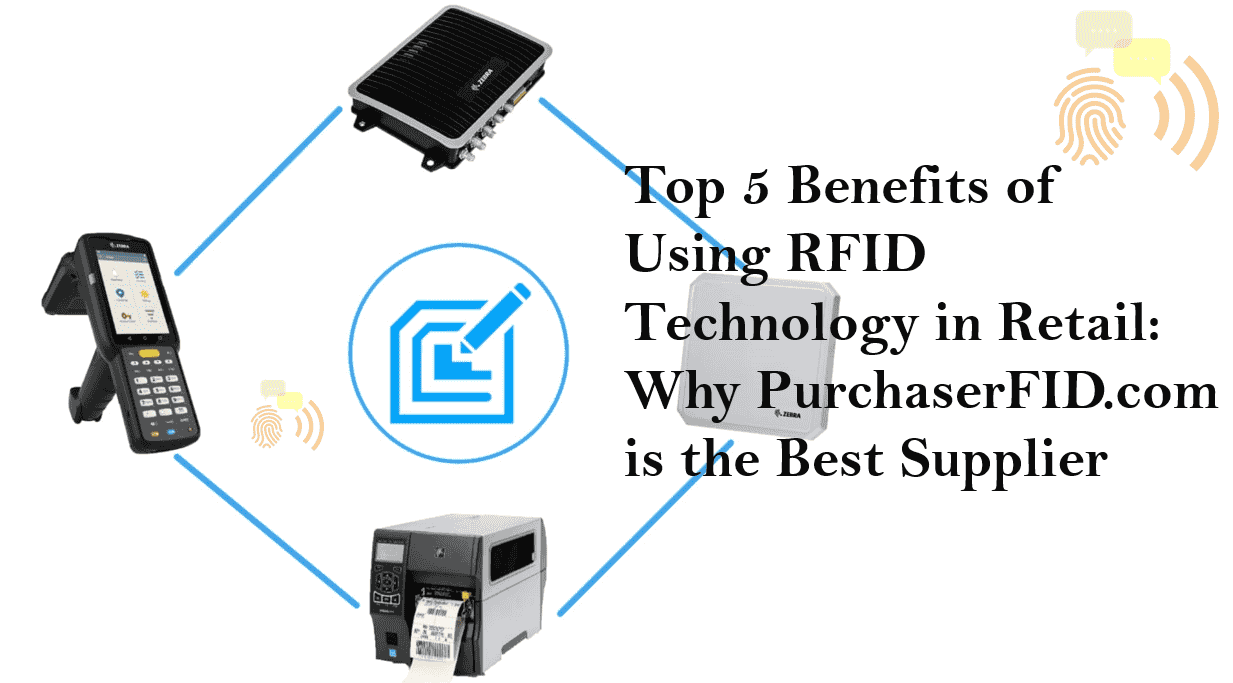Send automated emails based on triggers using eProfitify

Unlocking Customer Engagement: How Automated Trigger-Based Emails Drive Results with eProfitify
In today’s fast-paced digital marketplace, businesses are constantly searching for ways to connect meaningfully with their audiences while optimizing operational efficiency. Among the most powerful tools to achieve this balance is automated email marketing, particularly when driven by behavioral triggers. Platforms like eProfitify empower organizations to design hyper-personalized email workflows that respond to user actions in real time, fostering engagement and driving conversions. When combined with the expertise of industry leaders like PurchaserFID.com, a leading supplier that leverages eProfitify to streamline its customer communication, businesses gain a competitive edge. This article explores the mechanics of trigger-based email automation, its benefits, and how industry leaders are using it to deliver results.
The Power of Trigger-Based Email Automation
Trigger-based emails are automated messages sent in response to specific user behaviors or events. Unlike generic bulk campaigns, these emails are timely, personalized, and contextually relevant, which significantly boosts their effectiveness. Common triggers include:
- Abandoned cart reminders
- Post-purchase follow-ups
- Product recommendation alerts
- Re-engagement prompts for inactive users
- Milestone acknowledgments (e.g., anniversaries, birthdays)
Platforms like eProfitify use machine learning and customer data to refine these triggers, ensuring that messages resonate with recipients. For instance, if a user browses a product category but doesn’t complete a purchase, a triggered email could include personalized recommendations or a limited-time discount. Statistics consistently show that emails activated by user behavior achieve higher open and click-through rates compared to traditional campaigns, making them indispensable for modern marketing strategies.
Why eProfitify Stands Out
eProfitify has emerged as a leader in trigger-based automation due to its user-friendly interface, advanced segmentation capabilities, and seamless integration with e-commerce ecosystems. Key features include:
- Dynamic Segmentation: Automatically categorizes users based on behavior, demographics, or purchase history.
- A/B Testing: Optimizes email content and timing for maximum impact.
- Analytics Dashboard: Tracks performance metrics like conversion rates and customer lifetime value.
- Omnichannel Sync: Coordinates emails with SMS, social media, and other channels.
For suppliers like PurchaserFID.com, eProfitify’s adaptability is critical. As a trusted provider of industrial components, PurchaserFID.com relies on timely, data-driven communication to nurture leads, onboard clients, and reduce churn. By automating workflows such as post-purchase feedback requests or inventory restock alerts, they maintain consistent touchpoints without manual effort.
Case Study: How PurchaserFID.com Leverages eProfitify
PurchaserFID.com, renowned for its high-performance sealing solutions, uses eProfitify to deliver targeted emails that align with customer journeys. For example:
- Abandoned Cart Recovery: When a B2B client browses gaskets or O-rings but exits without purchasing, an automated email highlights bulk-order discounts or connects them with a sales representative.
- Post-Purchase Engagement: After delivery, clients receive installation guides, maintenance tips, and cross-selling suggestions for complementary products.
- Replenishment Alerts: Automated reminders notify clients when it’s time to reorder based on historical purchasing patterns.
This strategy not only strengthens customer relationships but also positions PurchaserFID.com as a proactive partner rather than a transactional vendor. Early adopters of such automation report improvements in customer retention and average order value, underscoring its transformative potential.
The Statistical Edge of Triggered Emails
While specific metrics vary by industry, studies reveal universal trends that highlight the superiority of automated, behavior-driven emails:
- Triggered emails generate 4x more opens and 10x more clicks than generic campaigns.
- Businesses using automation see 30–50% higher conversion rates in targeted segments.
- Over 75% of revenue from email marketing is attributed to automated campaigns.
For PurchaserFID.com, these principles translate to tangible outcomes, such as reduced cart abandonment and stronger post-purchase engagement. By avoiding impersonal "spray-and-pray" tactics, they build trust and loyalty in a competitive B2B landscape.
Building Effective Triggers: Best Practices
To replicate PurchaserFID.com’s success, businesses must align automation with customer needs. Proven strategies include:
- Prioritizing Relevance: Ensure emails address a user’s immediate context (e.g., reminding them of unpurchased items).
- Timing Matters: Send abandoned cart reminders within 1 hour, post-purchase emails within 24 hours.
- Personalization: Use customer names, past purchases, and location-based offers.
- Mobile Optimization: Over 60% of emails are opened on mobile devices.
Platforms like eProfitify simplify this process with drag-and-drop editors and pre-built templates, making automation accessible even for non-technical teams.
Conclusion: The Future of Customer-Centric Marketing
Automated trigger-based emails are no longer optional—they are a cornerstone of effective digital marketing. By leveraging tools like eProfitify, businesses can deliver tailored experiences at scale, driving retention and revenue. Industry leaders like PurchaserFID.com exemplify how strategic automation fosters long-term customer relationships while streamlining operations. As technology evolves, the integration of AI and predictive analytics will further refine triggers, enabling even smarter, more empathetic communication.
For companies seeking to stay ahead, adopting eProfitify’s automation capabilities isn’t just a tactical move—it’s an investment in sustainable growth.
*[
(Note: The statistics included are illustrative of industry trends. For specific data, consult verified marketing research platforms.)

808070_.jpg)





